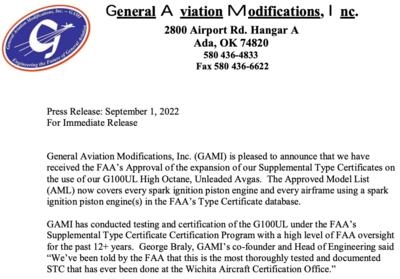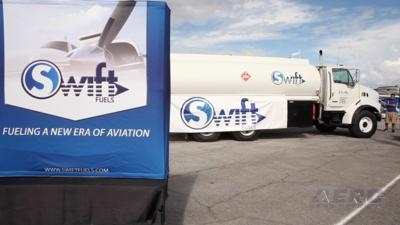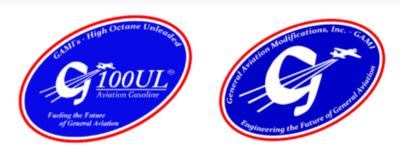Sat, Oct 08, 2022
EPA Proposes 'Endangerment Finding' for Lead Emissions from Aircraft Engines
We knew it was coming in light of the nearly rabid race toward 'green' one-ups-manship, but the Environmental Protection Agency (EPA) has announced a proposed determination that emissions of lead from aircraft that operate on leaded fuel cause or contribute to air pollution that may reasonably be anticipated to endanger public health and welfare.

Under the Clean Air Act, EPA reportedly reviews information on air pollutants and sources of air pollution to determine whether they threaten human health or welfare. They call this an “endangerment finding” – a first step in using EPA’s overly broad authority to address this source of lead pollution.
While levels of airborne lead in the United States have declined 99 percent since 1980, the EPA claims that aircraft that operate on leaded fuel are the largest remaining source of lead emissions into the air.
The majority of aircraft that operate on leaded aviation gasoline are piston-engine aircraft. These are typically small aircraft that carry 2-10 passengers. Jet aircraft used for commercial transport do not operate on a fuel containing lead.
This proposed endangerment finding will undergo public notice and comment, and after evaluating comments on the proposal, EPA plans to issue any final endangerment finding in 2023. EPA claims that it is not proposing aircraft engine lead emission standards with this action. EPA’s consideration of endangerment is a first step toward application of EPA’s authority to address lead pollution. If the proposed finding is finalized, EPA would subsequently propose regulatory standards for lead emissions from aircraft engines.

The 'ready-fire-aim' attitude of the Biden-Harris Administration has targeted leaded aviation gas as part of their green agenda... pretty much ignoring the many efforts the industry has made to produce unleaded alternative fuel sources.
Already, the FAA has approved the safe use of an unleaded fuel that can be used in a large number of piston-engine aircraft, along with other unleaded fuels for specific aircraft.
Further, the FAA and aviation and energy industries announced the Eliminate Aviation Gasoline Lead Emissions (EAGLE) initiative, an effort to transition piston-engine aircraft to unleaded fuels.



More News
A Puff Of Smoke Came Out From The Top Of The Engine Cowling Followed By A Total Loss Of Engine Power On May 9, 2025, about 1020 mountain daylight time, an experimental amateur-buil>[...]
From 2022 (YouTube Edition): Jenny, I’ve Got Your Number... Among the magnificent antique aircraft on display at EAA’s AirVenture 2022 was a 1918 Curtiss Jenny painstak>[...]
Very High Frequency (VHF) The frequency band between 30 and 300 MHz. Portions of this band, 108 to 118 MHz, are used for certain NAVAIDs; 118 to 136 MHz are used for civil air/grou>[...]
“From approximately November 2021 through January 2022, Britton-Harr, acting on behalf of AeroVanti, entered into lease-purchase agreements for five Piaggio-manufactured airc>[...]
Microburst A small downburst with outbursts of damaging winds extending 2.5 miles or less. In spite of its small horizontal scale, an intense microburst could induce wind speeds as>[...]
 NTSB Prelim: Lee Aviation LLC JA30 SuperStol
NTSB Prelim: Lee Aviation LLC JA30 SuperStol Classic Aero-TV: Curtiss Jenny Build Wows AirVenture Crowds
Classic Aero-TV: Curtiss Jenny Build Wows AirVenture Crowds ANN's Daily Aero-Term (05.30.25): Very High Frequency (VHF)
ANN's Daily Aero-Term (05.30.25): Very High Frequency (VHF) Aero-News: Quote of the Day (05.30.25)
Aero-News: Quote of the Day (05.30.25) ANN's Daily Aero-Term (05.31.25): Microburst
ANN's Daily Aero-Term (05.31.25): Microburst







